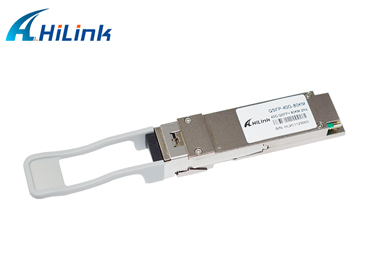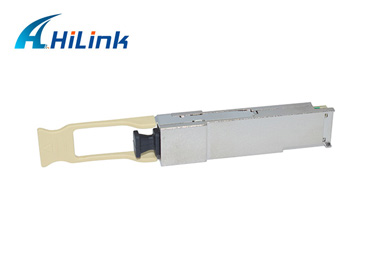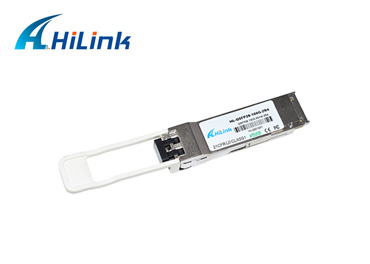All You Need to Know About SFP Transceivers
Dec. 26, 2022
With the introduction of optical transceiver modules in the early 2000s, there are now several variants on the market. At 1 Gbps data rates, variants such as the Gigabit Interface Converter (GBIC), Small Form Factor Pluggable (SFP) are more common. At 10 Gbps data rates, Enhanced Small Form-factor Pluggable (SFP+), C Form-factor Pluggable (CFP), etc. are widely used. QSFP+, QSFP28 and QSFP-DD are some variants of the quad-channel small pluggable transceiver and are typically used for data rates in the 40 to 400 Gbps range. An interesting aspect to note here is that many manufacturers of pluggable optical transceivers have packages that are compliant with Multiple Source Agreements (MSA) - agreements between multiple manufacturers to make products compatible between suppliers, thus creating a competitive market for interoperable products.
The SFP transceiver is a compact, hot-swappable device that plugs into the physical port of a network device.The SFP optics are used in communication networks and have a transmitter side (Tx) and a receiver side (Rx). The transceiver has a laser which communicates with the receiving side of another optic on the other side.
Hilink 40G QSFP+ ZR4 Optical Transceiver
SFP optics are designed to support a variety of communication standards including SONET, Gigabit Ethernet and Fibre Channel. The SFP interface on network devices such as routers provides a modular interface that can be easily adapted to both fibre and copper network specifications.
SFPs are also known as miniGBICs. GBICs are Gigabit Interface Converters (another type of transceiver) and are called miniGBICs because of the smaller size of SFPs. SFPs came later than GBICs and serve the same purpose as GBIC modules, but due to their smaller size, SFPs have replaced GBICs in most applications today.
SFPs usually come with LC connectors (Lucent connectors), unlike GBICs which usually come with SCs (standard connectors). It should be clarified that LC and SC connectors are size-specific fibre optic cable connectors.
Different SFP transceivers operate at different wavelengths over specified distances. For example, the 1000BASE SFP LX uses 1310 nm for up to 10 km on single-mode fibre, while the 1000BASE-ZX can reach 80 km. 1000BASE-T uses a copper RJ45 interface.
Singlemode SFP vs multimode SFP.
SFP transceivers can be used with different types of fibre. SFP optics used with single-mode fibres are called single-mode SFPs and SFP optics used with multimode fibres are called multimode SFPs.
Singlemode SFP
Single-mode fibres (SMF) have a smaller core and narrower wavelength path. This means that SMFs carry a higher BW and can reach longer distances. SMF SFPs operate mainly at 1310 nm and 1550 nm wavelengths and can reach distances from 2 KM to 120 KM.
SMF Optics is labelled as follows.
Colour coded bundle clips and colour arrows on the label are typically blue, yellow or purple
Compatible fibre patch cords are yellow in colour
Hilink 100G QSFP28 ZR4 Optical Transceiver
Multimode SFP
Multimode fibres (MMF) use larger cores and longer optical wavelengths. MMF SFPs are used for short distances of up to 500 m and are cheaper optics to use with MMFs. Although it cannot transmit over long distances, it can transmit a wide range of optical signals.
Like SMF Optics, MMF SFPs can be identified by the Bale Clasp colour.
The black-coded Bale Clasp indicates a multimode SFP
Compatible fibre patch cords or pigtails are coloured orange
Things to check with SMF and MMF SFPs.
Ensure that both ends of the fibre patch cord have the same wavelength SFP and that the colour modules are identical.
Check the transmission distance and wavelength when selecting the SFP module. Short-haul SFPs are used for multimode fibres and long-haul SFPs are used for single-mode fibres.
Do not bend the fibre as this will increase attenuation.
When not using SFPs, use dust plugs to protect the optical holes.
Last but not least, check and verify the correct cost of the transceiver module as prices continue to rise.














